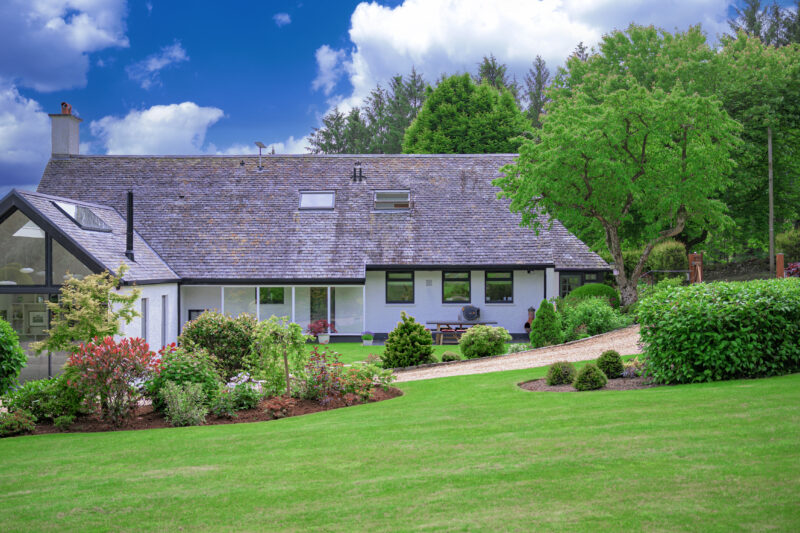
A 5 step guide to loft conversion
In need of more space but feel settled in your local area, love your home and can’t bare the thought of another house move? When was the last time you had a good look in your loft? Many properties offer the potential option of a loft conversion and these spaces are particularly good for extra sleeping, play or study areas. We hope this loft conversion guide is a helpful starting point for those taking on a new project – good luck!
- Assess your loft space
How much space do you have and what would it be best used for? A few measurements help to clarify if the space is useable and suitable for conversion. You’ll need to establish the internal height, the pitch of the roof and the footprint of the existing loft space. In general, a minimum internal height of between 2.2 – 2.5 meters and a pitch of 30 degrees plus should be adequate for conversion. The walls should measure around 5.5 meters side to side and 7.5 meters front to back, to give you a large enough footprint area. Once you know what space you have to play with, the next step is dreaming up a vision of what you would like to do, whether it’s a spare guest room or playroom for the kids. Do you want to include a bathroom and what about using the eaves for storage? Loft space can be cleverly used, so put as much thought in at this stage as possible. It will also help inform your architect when drawing up plans.
- Research architects, builders and contractors and get quotes
Many people do successful DIY loft conversions, keeping in mind that the relevant permissions and building regulations need to be signed off. If you are looking to get companies or contractors in, there are a few options to consider. An architect is the first port of call, to help draw up the plans and seek any relevant permissions. They can work with you throughout the build, recommending builders to work with and helping to manage the project for you. Try to find an experienced builder, who perhaps specialises in loft conversions, taking recommendations from people who have worked with them in the past like family, friends or neighbours. Another option is a specialist loft conversion company who will take you through the entire process, from drawing up plans, gaining permissions and completing the build itself. Like any investment, it is wise to approach a selection of companies and compare quotes.
- Get a contract in place for those working on the project
Getting a contract signed protects you, and everyone involved in the conversion, including architects, contractors and builders, helping to minimise stress and costs involved. Pre-agreeing project deadlines, how payments will be made and the overall shape and scope of the project will help to keep communication clear between all parties, bringing a greater sense of control and ensuring the best results.
- Planning, party wall and building regulation requirements
Checking with your local planning department in advance of any work is always good practice, though loft conversions generally don’t require planning permission, unless you are extending or if you live in a conservation area. Building regulations are important to follow as they ensure that any new floors and stairways are structurally sound, that there is appropriate insulation and correct fire prevention measures. If you live in a semi-detached or tenement property, you will need to give adjoining homeowners notice as stated in The Party Wall Act 1996.
- Pitfalls, more regulations and insurance
There are specifics to keep in mind when it comes to certain aspects of the build. There needs to be a 2 meter clearance above and under stairs and fire escape access taken into account. Plumbing systems may need upgraded after tests are carried out, with the plumbing for the conversion then added on. There are also strict rules to follow around insulation and making your property as energy efficient as possible. Lastly, before building commences, inform your home insurer to make sure the additional work doesn’t affect your coverage.
Although home extensions can be daunting, a further read of our guide to property improvements that would bring the biggest return, should you decide to sell later on, might swing your opinion. But if home extensions are definitely not your cup of tea, why not search our books for the next home to suit your lifestyle!








